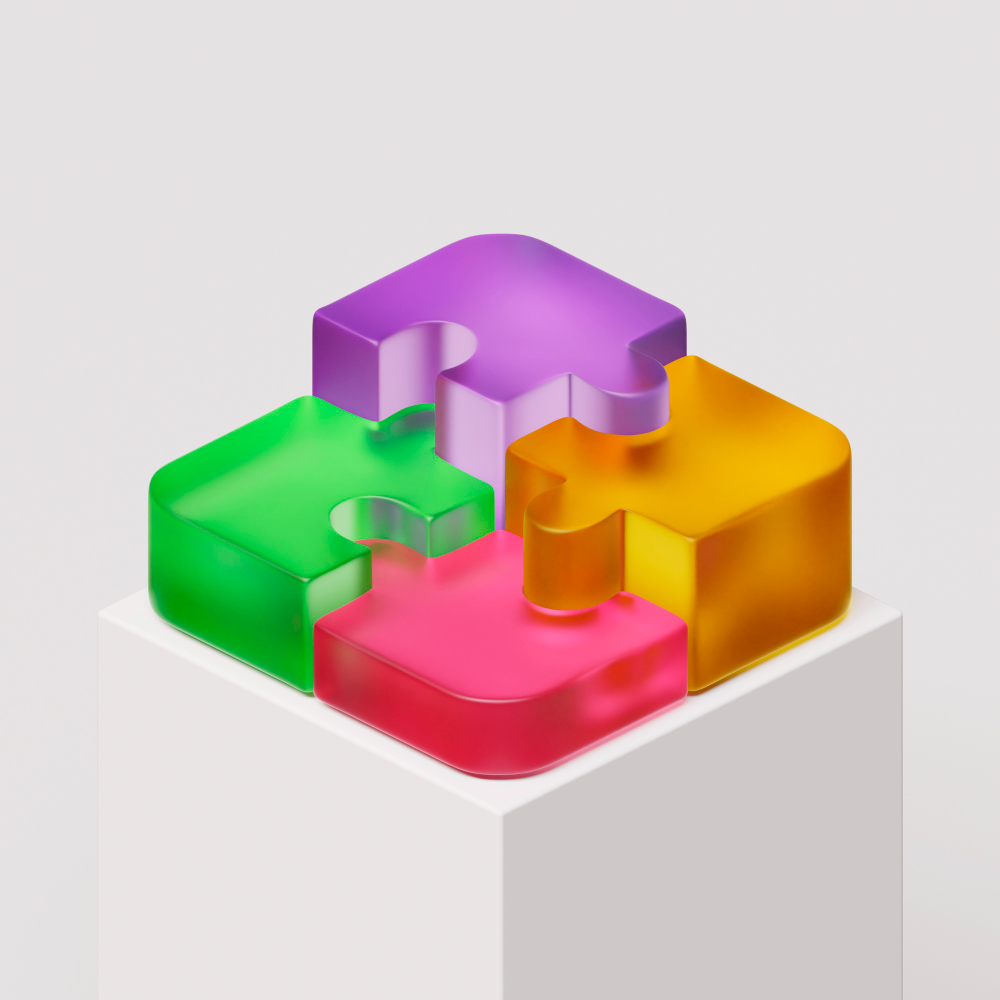Gaming technology has experienced fundamental changes throughout the previous ten years. HTML5 and WebGL have emerged as the two main technologies that now dominate browser-based gaming after the end of Flash-era. The question remains which technology best fulfills the needs of contemporary gamers in the present day. What new choice will gamers embrace for gaming in 2025? Let’s break it down.
Understanding HTML5 in Gaming
The web platform utilizes HTML5 as its markup language to structure content while delivering presentation on the internet. The language delivered major advancements beyond HTML4 by including the
Benefits of HTML5 for gaming:
Cross-platform compatibility (PC, mobile, tablets)
No need for third-party plugins like Flash
Faster loading times
The framework can easily connect with web technologies including CSS and JavaScript
Limitations:
Limited performance for high-end graphics
The technology shows difficulties dealing with involved 3D models along with physics system engines
HTML5 provides its best performance for two-dimensional game development alongside casual and accessible games with less emphasis on graphics quality.
What Is WebGL?
WebGL (Web Graphics Library) functions as a JavaScript API which displays interactive 2D and 3D graphics through any plugin-free compatible browser. The graphics processing unit (GPU) in a device enables WebGL to execute and deliver an immersive high-performing gameplay experience.
Benefits of WebGL for gaming:
Real-time 3D graphics in the browser
GPU acceleration for enhanced performance
WebGL applications allow artists to utilize progressive special effects including lighting technology, shading capabilities and particle system controls.
Compatible with game engines like Unity and Babylon.js
Limitations:
Steeper learning curve for developers
This technology consumes extra hardware power and consumes more browser resources
The system does not execute optimally on older system installations
WebGL delivers optimum performance when used for sophisticated 3D games along with complex simulations combined with high-definition graphics requirements.
What Are Gamers Switching To?
The rise of browser gaming leads users to switch to WebGL-powered games because they deliver more rich and engaging experiences. HTML5 maintains its significance for mobile games and simple titles yet the gaming population shifts toward WebGL because they seek realistic graphics with superior performance and interactive capabilities.
Why the shift?
Games constructed with WebGL present higher visual quality achieved through its support of realistic effects combining lighting features with textures alongside animations.
WebGL receives total backing from major browser platforms including Chrome, Firefox together with Edge.
The popular gaming engines Unity and Unreal Engine allow developers to export their titles to WebGL through their native compatibility features.
HTML5 vs WebGL: Side-by-Side Comparison
| Feature | HTML5 | WebGL |
|---|---|---|
| Graphics Support | Basic 2D, limited 3D | Advanced 3D and GPU-accelerated |
| Performance | Good for simple games | High performance, GPU-powered |
| Ease of Development | Beginner-friendly | Requires more technical skill |
| Device Compatibility | Excellent | Good, but resource-intensive |
| Best For | 2D, casual, mobile games | 3D, action, simulation games |
The Future of Browser Gaming
Players accept WebGL because it delivers the ability to create browser experiences resembling console games. A combination of WebAssembly (WASM) and Progressive Web Apps (PWA) technologies with traditional PC games leads to the gradual removal of distinctions between these two game formats.
The mobile platform remains dedicated to HTML5 because it presently excels at serving both hyper-casual and ad-based games. The technological choice guides itself from the game objectives in addition to its targeted users.
Conclusion
The choice between HTML5 and WebGL depends exclusively on which option works best for specific game development or gaming purposes. In the year 2025 many gaming enthusiasts have chosen WebGL because of its capabilities combined with superior performance and realistic graphics displays. HTML5 maintains its function as a platform for developing accessible, cross-platform and lightweight games for the gaming industry.
WebGL will become the dominant technology for advanced browser gaming as browser capabilities expand and internet speed capacities grow however HTML5 will continue as the most suitable tool for casual browser gaming sessions.




